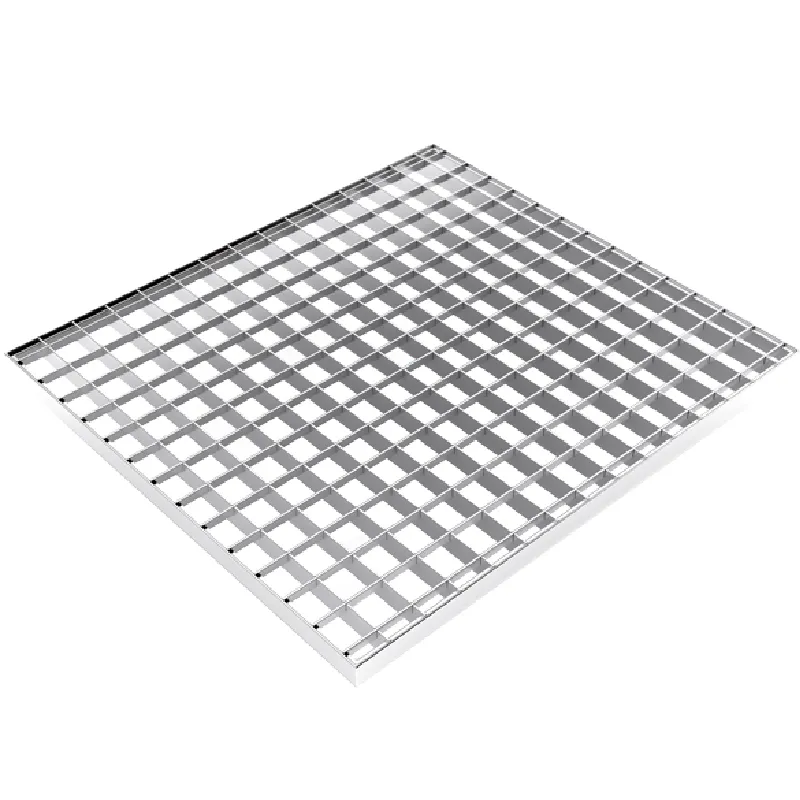- Industrial zone, South of Anping Town, Hengshui, Hebei, China.
- sales@hfpetromesh.com
- +86-18931809706
 Afrikaans
Afrikaans  Albanian
Albanian  Amharic
Amharic  Arabic
Arabic  Armenian
Armenian  Azerbaijani
Azerbaijani  Basque
Basque  Belarusian
Belarusian  Bengali
Bengali  Bosnian
Bosnian  Bulgarian
Bulgarian  Catalan
Catalan  Cebuano
Cebuano  Corsican
Corsican  Croatian
Croatian  Czech
Czech  Danish
Danish  Dutch
Dutch  English
English  Esperanto
Esperanto  Estonian
Estonian  Finnish
Finnish  French
French  Frisian
Frisian  Galician
Galician  Georgian
Georgian  German
German  Greek
Greek  Gujarati
Gujarati  Haitian Creole
Haitian Creole  hausa
hausa  hawaiian
hawaiian  Hebrew
Hebrew  Hindi
Hindi  Miao
Miao  Hungarian
Hungarian  Icelandic
Icelandic  igbo
igbo  Indonesian
Indonesian  irish
irish  Italian
Italian  Japanese
Japanese  Javanese
Javanese  Kannada
Kannada  kazakh
kazakh  Khmer
Khmer  Rwandese
Rwandese  Korean
Korean  Kurdish
Kurdish  Kyrgyz
Kyrgyz  Lao
Lao  Latin
Latin  Latvian
Latvian  Lithuanian
Lithuanian  Luxembourgish
Luxembourgish  Macedonian
Macedonian  Malgashi
Malgashi  Malay
Malay  Malayalam
Malayalam  Maltese
Maltese  Maori
Maori  Marathi
Marathi  Mongolian
Mongolian  Myanmar
Myanmar  Nepali
Nepali  Norwegian
Norwegian  Norwegian
Norwegian  Occitan
Occitan  Pashto
Pashto  Persian
Persian  Polish
Polish  Portuguese
Portuguese  Punjabi
Punjabi  Romanian
Romanian  Russian
Russian  Samoan
Samoan  Scottish Gaelic
Scottish Gaelic  Serbian
Serbian  Sesotho
Sesotho  Shona
Shona  Sindhi
Sindhi  Sinhala
Sinhala  Slovak
Slovak  Slovenian
Slovenian  Somali
Somali  Spanish
Spanish  Sundanese
Sundanese  Swahili
Swahili  Swedish
Swedish  Tagalog
Tagalog  Tajik
Tajik  Tamil
Tamil  Tatar
Tatar  Telugu
Telugu  Thai
Thai  Turkish
Turkish  Turkmen
Turkmen  Ukrainian
Ukrainian  Urdu
Urdu  Uighur
Uighur  Uzbek
Uzbek  Vietnamese
Vietnamese  Welsh
Welsh  Bantu
Bantu  Yiddish
Yiddish  Yoruba
Yoruba  Zulu
Zulu
- Afrikaans
- Albanian
- Amharic
- Arabic
- Armenian
- Azerbaijani
- Basque
- Belarusian
- Bengali
- Bosnian
- Bulgarian
- Catalan
- Cebuano
- Corsican
- Croatian
- Czech
- Danish
- Dutch
- English
- Esperanto
- Estonian
- Finnish
- French
- Frisian
- Galician
- Georgian
- German
- Greek
- Gujarati
- Haitian Creole
- hausa
- hawaiian
- Hebrew
- Hindi
- Miao
- Hungarian
- Icelandic
- igbo
- Indonesian
- irish
- Italian
- Japanese
- Javanese
- Kannada
- kazakh
- Khmer
- Rwandese
- Korean
- Kurdish
- Kyrgyz
- Lao
- Latin
- Latvian
- Lithuanian
- Luxembourgish
- Macedonian
- Malgashi
- Malay
- Malayalam
- Maltese
- Maori
- Marathi
- Mongolian
- Myanmar
- Nepali
- Norwegian
- Norwegian
- Occitan
- Pashto
- Persian
- Polish
- Portuguese
- Punjabi
- Romanian
- Russian
- Samoan
- Scottish Gaelic
- Serbian
- Sesotho
- Shona
- Sindhi
- Sinhala
- Slovak
- Slovenian
- Somali
- Spanish
- Sundanese
- Swahili
- Swedish
- Tagalog
- Tajik
- Tamil
- Tatar
- Telugu
- Thai
- Turkish
- Turkmen
- Ukrainian
- Urdu
- Uighur
- Uzbek
- Vietnamese
- Welsh
- Bantu
- Yiddish
- Yoruba
- Zulu
bar grating sizes
Understanding Bar Grating Sizes A Comprehensive Overview
Bar grating is a versatile and essential component in construction, engineering, and architectural applications. It consists of a series of metal bars or rods that are arranged in a grid-like pattern, creating a durable and open surface. Depending on its specific application, bar grating can come in various sizes, configurations, and materials. Understanding the sizes of bar grating is crucial for ensuring optimal performance, safety, and aesthetic appeal in any project.
Standard Sizes
Bar grating is often categorized based on its width, bar spacing, and overall dimensions. Commonly, the bars can be found in widths of 1 inch to 3 inches, while the spacing between the bars can vary from 1 inch to 2 inches. The thickness of the bars also plays a significant role in determining their load-bearing capacity, typically ranging from 1/8 inch to 1/2 inch.
The standard sizes for bar grating are typically defined in terms of load ratings. These ratings indicate the maximum load that the grating can safely support without deforming or collapsing. For instance, grating classified under the Light Duty category can hold less weight compared to Heavy Duty bar grating. Selecting the right load rating based on the anticipated use is a crucial aspect of choosing bar grating sizes.
Custom Sizes
bar grating sizes

One of the appealing features of bar grating is the option for customization. Depending on specific project requirements, manufacturers can fabricate bar grating to fit unique dimensions, shapes, and designs. Custom sizes are particularly beneficial for complex installations, such as walkways, drainage covers, and industrial platforms, where standard sizes may not suffice.
Material Considerations
The material used for bar grating significantly impacts its performance and durability. Common materials include steel, stainless steel, aluminum, and fiberglass. Each material offers distinct advantages based on the environment in which the grating will be used. For instance, stainless steel grating is ideal for corrosive environments, while aluminum grating is lightweight and resistant to rust. When selecting bar grating sizes, it is essential to consider not only the dimensions but also the material to ensure compatibility with the intended use.
Conclusion
In conclusion, understanding bar grating sizes is vital for anyone involved in design or construction. With a wide range of standard and customizable options available, it is crucial to select the appropriate size and material based on the specific demands of your project. Whether used for walkways, safety barriers, or industrial applications, the right bar grating contributes to the safety, functionality, and aesthetic appeal of any environment. By carefully considering the different size options and material properties, you can ensure that your choice of bar grating meets all necessary requirements and performs efficiently over time.
-
The Essential Tool for Drilling and Filtration SystemsNewsMay.07,2025
-
Steel Grating Company: The Best Choice for Industrial SolutionsNewsMay.07,2025
-
Shale Shaker Screens: The Key to Efficient Drilling OperationsNewsMay.07,2025
-
0Perimeter Safety Netting: Essential for Workplace SafetyNewsMay.07,2025
-
Helideck Safety Net: Essential Protection for Offshore PlatformsNewsMay.07,2025
-
Choosing the Right Steel Grating for Your NeedsNewsMay.07,2025